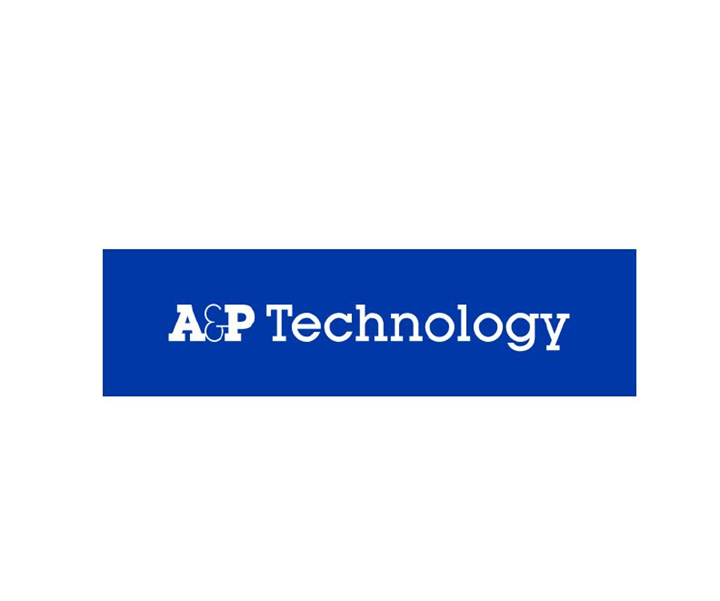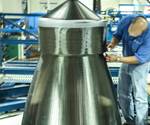A&P Technology awarded contract for attritable aircraft primary structure
The company will uses its large-scale braiding technology to manufacture large textile preforms for primary composite attritable aircraft structures.

A&P Technology Inc. (Cincinnati, Ohio, U.S.) has been awarded an $8.9 million contract from the Air Force Research Laboratory (Wright-Patterson Air Force Base, Dayton, Ohio, U.S.) for the Design for Manufacture of Attritable Aircraft Primary Structure program. This contract is focused on braiding large textile preforms for primary composite attritable aircraft structures.
A&P Technology reports that the work calls for an alternative design and manufacture to make the aircraft structure more unitized and employing the use of automated fabrication processes, with the goal of reducing manufacturing costs.
This project is the result of a Small Business Innovative Research (SBIR) Phase III Acquisition.
A&P designs and manufactures the world’s largest and most advanced braiding machinery in-house, enabling the handling of large primary structures, as well as the ability to quickly build new dedicated work cells to support rapid development. For this program, A&P will use its second largest braiding machine, an 800-carrier machine. (The company’s largest machine, an 864-carrier braider, was introduced this month.)
Work will be performed at the company’s facilities in Cincinnati, Ohio, and is expected to be completed by May 31, 2021.
Related Content
-
Infinite Composites: Type V tanks for space, hydrogen, automotive and more
After a decade of proving its linerless, weight-saving composite tanks with NASA and more than 30 aerospace companies, this CryoSphere pioneer is scaling for growth in commercial space and sustainable transportation on Earth.
-
Otto Aviation launches Phantom 3500 business jet with all-composite airframe from Leonardo
Promising 60% less fuel burn and 90% less emissions using SAF, the super-laminar flow design with windowless fuselage will be built using RTM in Florida facility with certification slated for 2030.
-
Welding is not bonding
Discussion of the issues in our understanding of thermoplastic composite welded structures and certification of the latest materials and welding technologies for future airframes.
.jpg;width=70;height=70;mode=crop)





